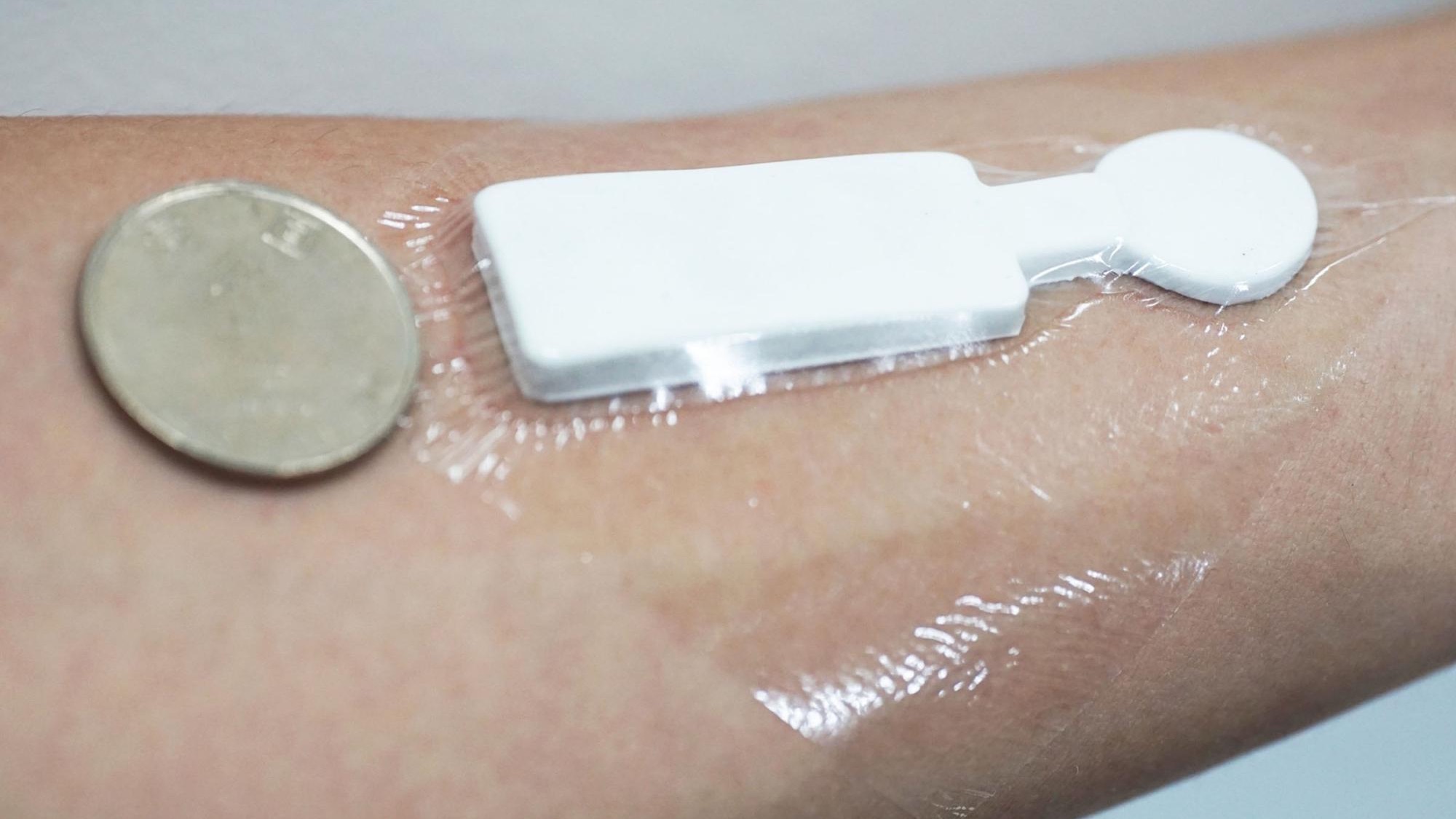How Cybersecurity Failures Put Millions of Patients at Risk
The following is a guest article by Bridget O’Connor, COO at Fortalice Solutions Cybercriminals have always locked their eyes on the healthcare industry due to the massive amount of personal and clinical data stored by hospitals, clinics, and their partners. A recent report from the Medical Device Network shares a worrisome uptick in attacks specifically […]

The following is a guest article by Bridget O’Connor, COO at Fortalice Solutions
Cybercriminals have always locked their eyes on the healthcare industry due to the massive amount of personal and clinical data stored by hospitals, clinics, and their partners. A recent report from the Medical Device Network shares a worrisome uptick in attacks specifically aimed at medical devices, which often hold life-critical data and control vital therapies. As these threats intensify, it’s imperative for healthcare organizations to act swiftly and decisively to protect patient safety and their operations.
The High Cost of Healthcare Cybersecurity Breaches
The hazards of hackers using compromised medical equipment go much beyond typical data leaks. Pacemakers are among implantable devices that can be hacked and create potentially fatal circumstances. During ransomware attacks, hospitals can be compelled to turn off vital systems, therefore compromising patient care at a critical moment. On a more personal level, criminals capitalize on pilfered medical records for identity theft or false insurance applications. A corrupted healthcare system can cause instability to spread through linked systems, therefore impeding timely treatments and potentially endangering hundreds of lives.
Attacks on third-party suppliers expose these issues even more. The most recent Synnovis incident in the UK revealed how easily hackers may find a path through even expert pathology providers, therefore jeopardizing the entire healthcare chain. Another significant intrusion involved UnitedHealth Group’s Change Healthcare, which lacked multi-factor authentication (MFA) on its portal. Given UnitedHealth’s collection of data of around 190 million Americans, this single error could expose an extensive amount of private information. These incidents show how easily the digital backbone of healthcare may fall apart if left unchecked.
Key Strategies for Medical Device Cybersecurity
Faster, data-driven insights improve patient care as more medical equipment, including wearable sensors and infusion pumps, goes online. Despite this, the danger of cyberattacks climbs as well. Deloitte projects that by 2025, 68% of medical devices will be linked to the internet, therefore providing greater probable hacker access. Starting at design and manufacture, continuing through deployment and maintenance, security measures should be integrated into every stage of the device’s life.
One of the quickest wins for providers is enabling multi-factor authentication (MFA), especially on remote access portals. This extra step significantly cuts down on unauthorized logins. In addition, thoroughly vetting third-party partners is key since breaches can easily spread through supplier networks. Compliance frameworks like ISO 27001 help confirm that robust security controls are in place and that organizations actually test their incident response capabilities regularly. Performing frequent data backups, stored securely and tested through routine disaster recovery drills, is another must-do. Meanwhile, single sign-on (SSO) and single-tenant environments can confine a breach if any single point in the network is compromised.
Staying current with regulatory changes is just as important. Starting in September 2025, the EU Data Act will begin to grant users more control over data produced by connected devices and will require manufacturers to get explicit consent before using that data for product improvements or AI training.
Furthermore, the NIS2 Directive applies across the EU, though various countries are at different stages of rolling it out. This legislation imposes strict cybersecurity requirements, such as incident reporting and supply chain security, on organizations in essential sectors, including those that handle medical devices.
Another thing worth noting is the looming end of free support for Windows 10 in October of this year. This should serve as a stark reminder that legacy systems still run in many healthcare facilities, which can leave them vulnerable if patches and upgrades are neglected.
The Coming Quantum Threat to Healthcare Security
Quantum computers are getting seriously powerful, and that could mean that even the best security we have to date might not be good enough down the road. For example, IBM is coming out with an incredibly fast quantum computer called Quantum Heron. Experts say it might not be too long before these kinds of computers can crack the regular ways we keep information “confidential” online.
Because of this, cybersecurity experts are already working closely with third parties on new kinds of encryption that even quantum computers won’t be able to break. They’re called post-quantum encryption, and they’re expected to replace our current systems in the next ten years or so.
Now, think about medical devices – things like pacemakers or monitors can last for five to ten years, or even longer. So, the companies that make these devices and the hospitals that use them need to start thinking now about security that can stand up to these super-powerful quantum computers.
 About Bridget O’Connor
About Bridget O’Connor
Bridget O’Connor, a seasoned operations and management professional, serves as the COO at Fortalice. She is crucial in stabilizing and guiding the organization’s growth by managing employee hiring and retention initiatives. Bridget represents the firm to clients and business partners with her characteristic dynamic, personable, and professional “white glove” approach.








































































.jpg)













































![[Industry Direct] Opening a New Chapter in VR Gaming – ‘The ChicKing Dead’ Enters Early Access!](https://roadtovrlive-5ea0.kxcdn.com/wp-content/uploads/2025/04/1_CKD_Main_Coverimage-341x220.jpg?#)



















